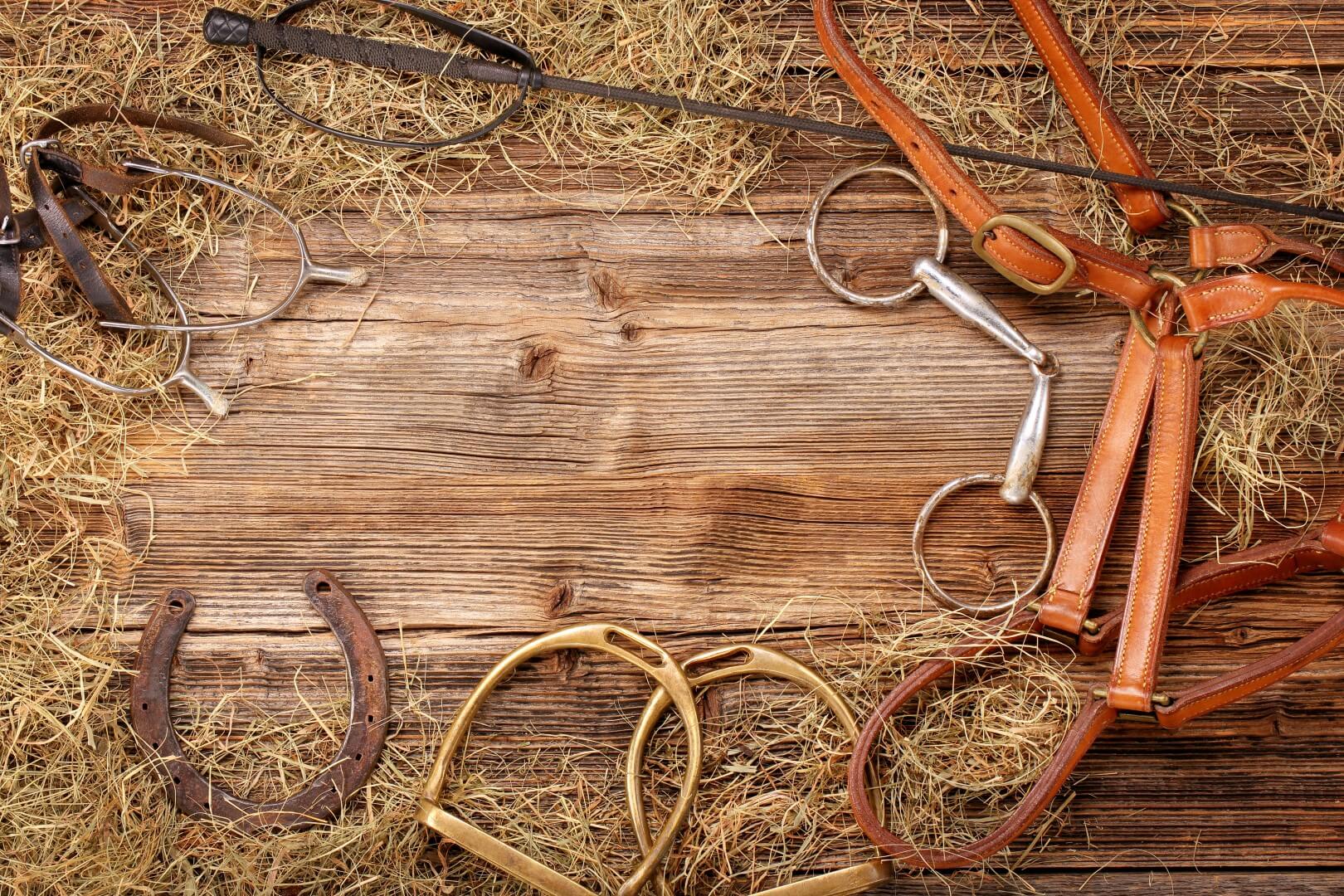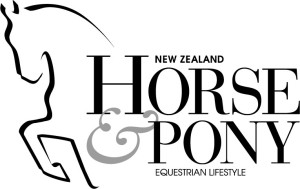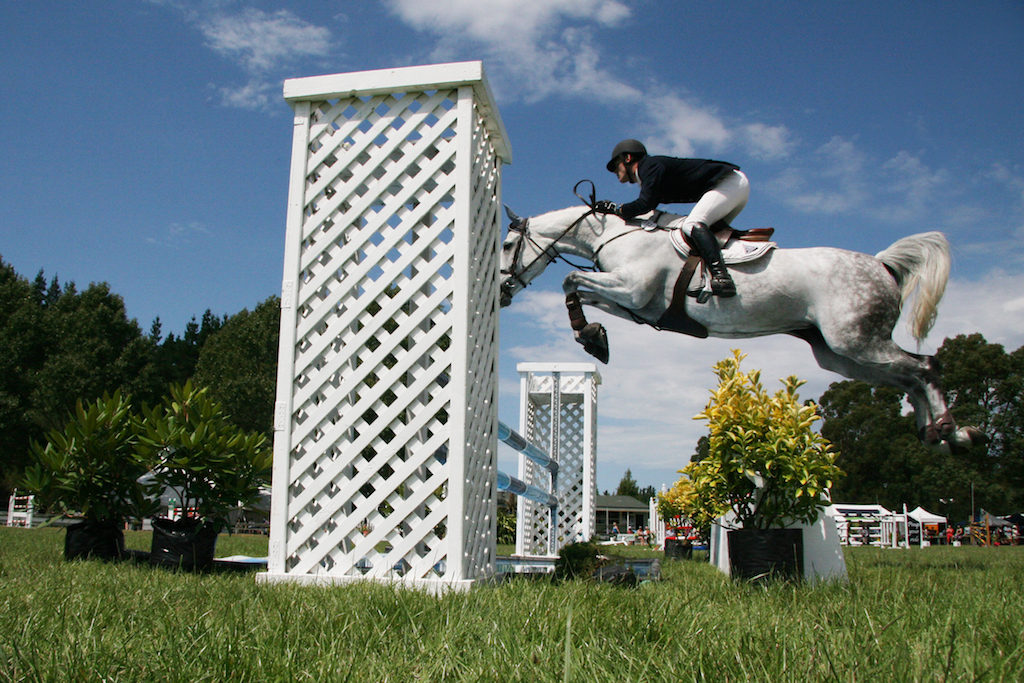
Our experts for this story were top NZ show jumpers John Cottle (Auckland), Matt Gilmour (Taranaki), Rosie Commons (Auckland) and Kate Taylor (Canterbury)
AT HOME
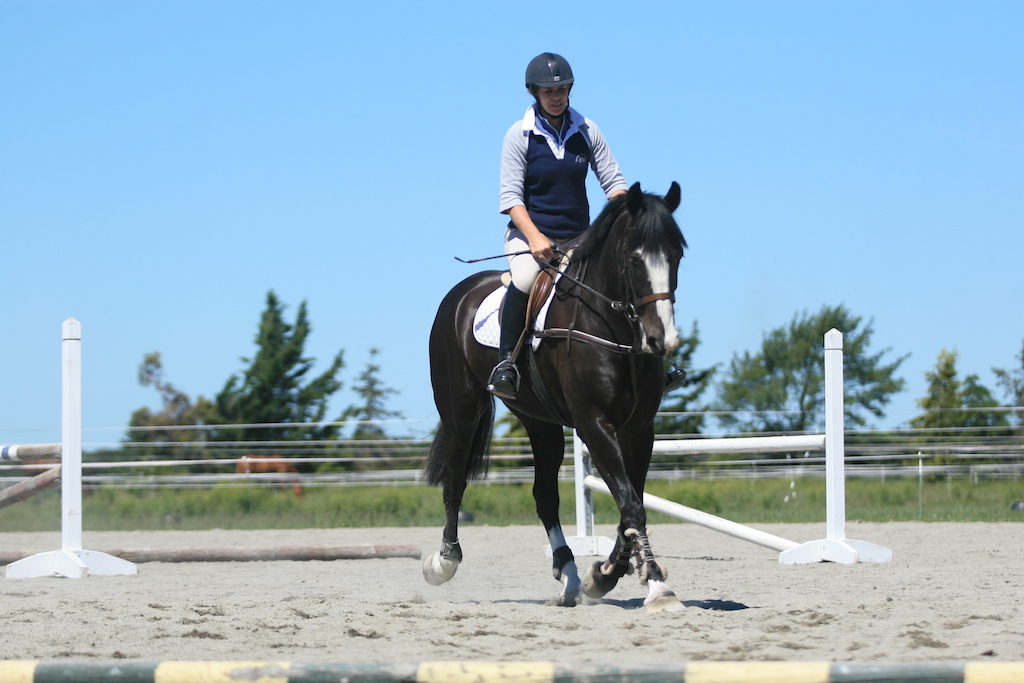
1. Flatwork first
“You can’t forget about your flatwork. I spend a lot of time at home working on transitions at walk, trot, canter and rein-backs, to teach horses to respond and relax to both hand and leg pressure. Self-carriage is also really important, teaching the horse to relax over his back. Doing a lot of lateral work, shoulder-in and haunches-in at all three paces, as well as half-pass and counter canter, will help a horse to learn to carry himself in balance,” says John.
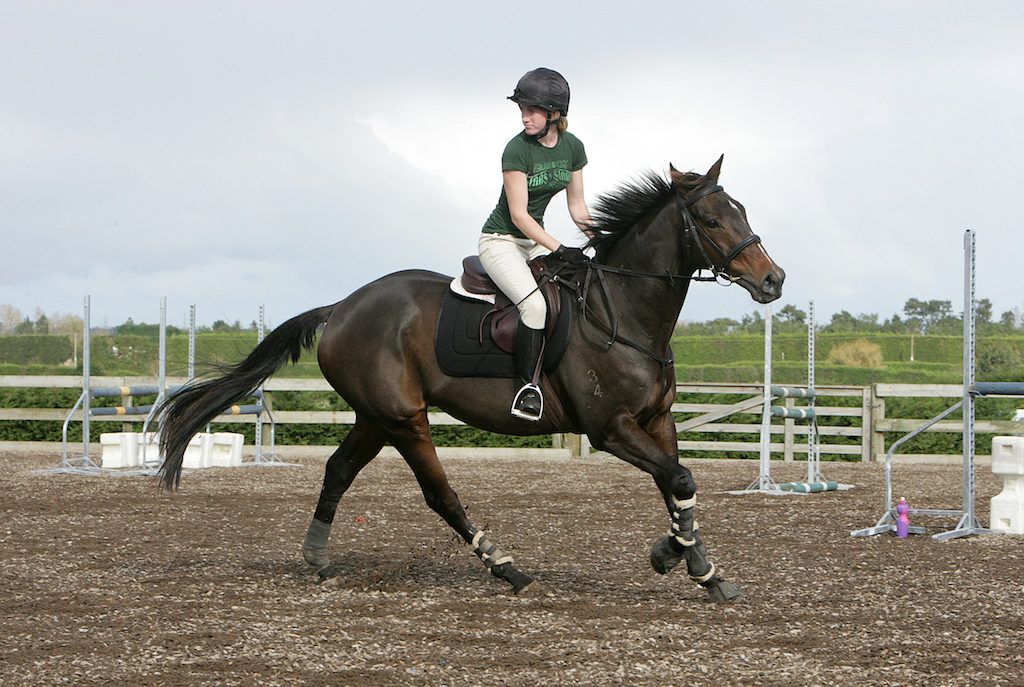
2. Use your eyes
“You must look where you want to go, and ride forwards. The horse will gain confidence from your forward ride and direction – you need both these things if you’re going to get to the jump,” says Matt.
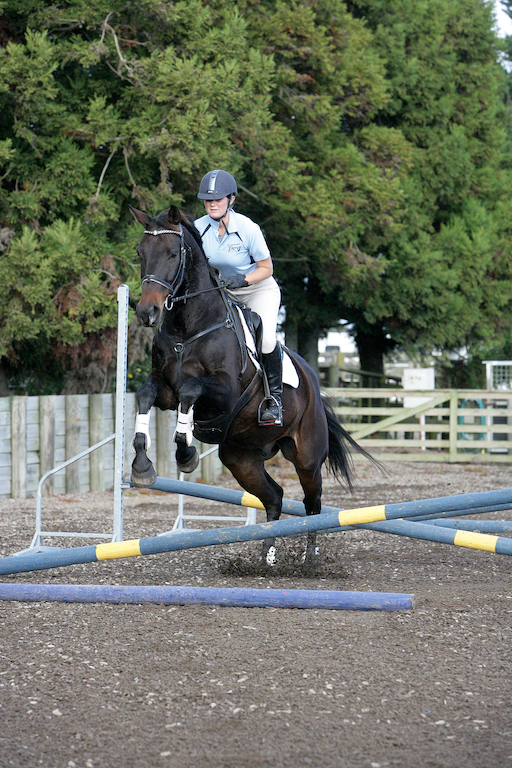
3. Little and often
“You don’t always need to train at the height you’re competing at. Use smaller jumps and canter pole exercises. These are great for improving your eye and will help establish your horse’s canter and balance, while training ridability, rhythm and consistency without wearing your horse’s legs out. Save the jump for the competitions,” says Matt.
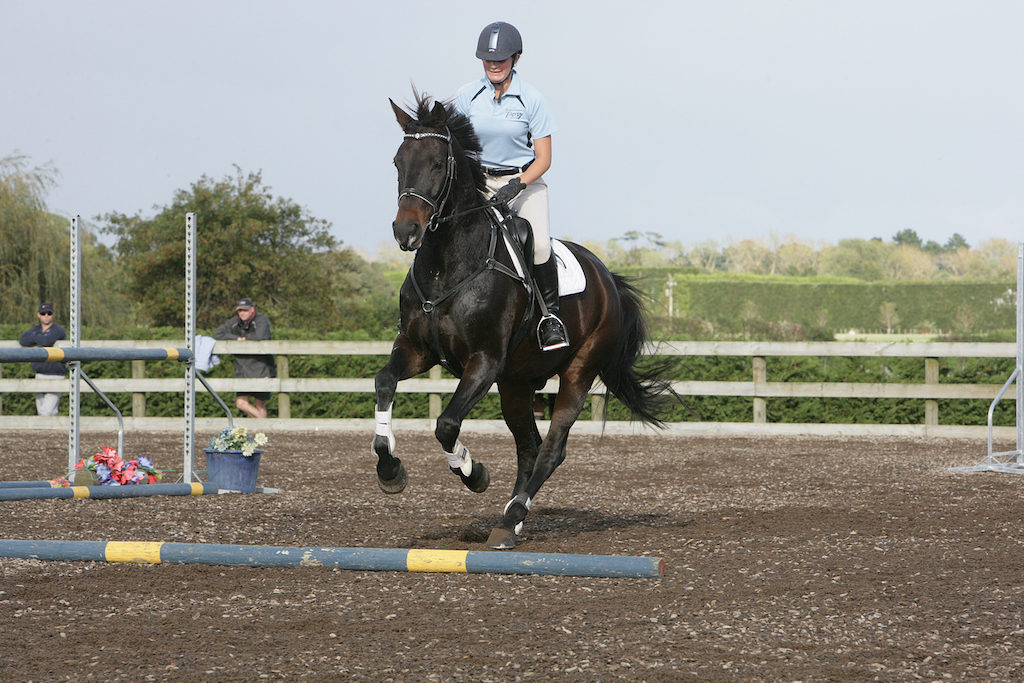
4. Polework
“Use a lot of canter poles at home. This helps practise getting the right striding to the pole as you would over a bigger jump, as well as practising getting the horse’s stride more adjustable to the fence, and it doesn’t jump their legs off,” says Rosie.

5 . Practise, practise, practise
“At home, practise everything you are going to ask your horse to do in the ring, especially when it comes to jump-offs. I do a lot of training over small fences (around 1m) teaching them to jump on angles and off tight turns. You can practise jumping lines at home, adding and subtracting strides. You need to do it thousands of times, using small fences, so that your horse is used to doing it right. It should become second nature to them,” says John.
IN THE WARM-UP
6. Be adjustable
“You have to make sure your canter is adjustable – when you are warming up, do lots of forward and back movements, so your horse is completely responsive to the leg. When you are jumping bigger fences, changes have to happen immediately because your margin for error is reduced as the size of the fences goes up,” says John.
7. Tried and true
“Stick with what you and your horse know in the warm-up ring – it’s not the place to try something new,” says Rosie
8. Don’t overdo it
“I don’t do a lot in the warm-up. It’s better to save it for when you’re in the ring. I have a basic warm-up plan which I try to stick to even when things go wrong,” says Kate.
SHOWTIME
9. Horses for courses
“Each horse is different. So make sure you walk the course for each horse, as the lines and combinations will come up differently. And I tend to walk the course on my own, so I can concentrate on doing what’s right for my horse, nobody else’s!” says Kate.
10. Make a plan
“Once you have walked your course, plan in your head how you want to ride it. Go over any tricky lines and be focused and determined in your approach to them. A back-up plan can also come in handy!” says Matt.

11. Go it alone
“I always walk by myself, unless I have a coach or someone whose opinion I respect,” says John.
12. Give it a crack
“Don’t go out there to come second. You have to be competitive, and that means you have to be positive,” says Kate.
13. Look ahead
“If you’re trying to cut off as much time as possible in a jump-off and make all the tight inside turns, then you have to look at the next jump. The sooner you look at the jump, the earlier you will see the correct distance to it and be able to commit to it,” says Rosie.
14. Keep control
“Accuracy and control win jump-offs, not speed. The fewer adjustments you have to make, the quicker your time will be. You can only go as fast and tight as your horse can stay balanced,” says Matt.
15. Be patient
“Don’t be too ambitious too soon. Make sure you are jumping around confidently and consistently well before moving up a level. It will pay off in the long-run,” says Matt.

- This article was first published in the October 2013 issue of NZ Horse & Pony
